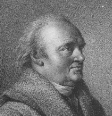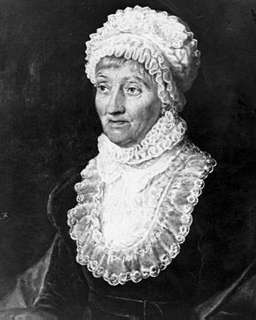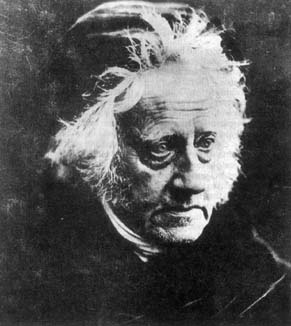 | |||
|
| Home > Astronomy > William Herschel Telescope > History of William Herschel Telescope |
 | |||
|
| Home > Astronomy > William Herschel Telescope > History of William Herschel Telescope |
Potted history of Herschel and the WHT

Herschel was a musician, with no formal scientific training. He emigrated to Britain at the age of 19 in 1757, and began serious astronomical work in Bath at the age of 35, with the enthusiastic help of his sister Caroline. He couldn't afford the refracting telescopes used then by professonals, so taught himself to grind mirrors. He was a skilled and much-admired builder of telescopes, the largest being a 1.2-m reflector completed in the 1770s. He pioneered the kind of fork mounting used for the WHT. Herschel is probably most famous for discovering the planet Uranus, the first new planet to be discovered since ancient times. He attempted to name the planet after George III, and this flattery earned him the title `King's Astronomer' (although he never became Astronomer Royal). In 1796 he discovered a correlation between sunspot number and the price of grain, and suggested that changes in solar irradiance might be affecting the climate. Herschel realised that some of the `nebulae' were enormous clouds of stars like our own galaxy. He published a number of papers on the evolution of the Universe from a hypothetical uniform initial state to one in which stars were clumped into galaxies. This evolution remains a central problem in cosmology (and one on which much WHT dark time is expended). In the late 1960s, the Anglo-Australian Telescope (completed 1974) was being designed, and telescopes of comparable power were being contemplated for the Northern hemisphere. The community decided it wanted a suite of three: a 1.5-m, the 2.5-m from Herstmonceux (INT) and a 4.5-m. There was particular interest from the radio-astronomy groups at Cambridge and Jodrell Bank for a powerful optical telescope which could be used to follow up radio discoveries of very faint galaxies in the Northern hemisphere. SERC began laying plans for the WHT in 1974. In 1979, with a price tag of 18M pounds, the project was on the verge of being scrapped. SERC set up a team to take another look at the design; they were able to cut the price of the telescope by a million pounds and the price of the building by another 7 million, by: reducing the focal length of the main mirror and shrinking the dome; making the dome onion shaped (which allows for simpler shutters); and by lowering the telescope closer to ground level (turbulent air currents only rise about 3 m off the ground on La Palma).
In 1981, SERC negotiated a 20% stake by the Dutch. That year was also
the 200th anniversary of Herschel's discovery of Uranus, and the name
of the new telescope was announced.


Caroline Herschel (William's sister) and John Herschel (William's son). Images reproduced courtesy of the Royal Astronomical Society. Original text 2 April 1992, last revised 29 May 2015. |
| Top | Back |
|